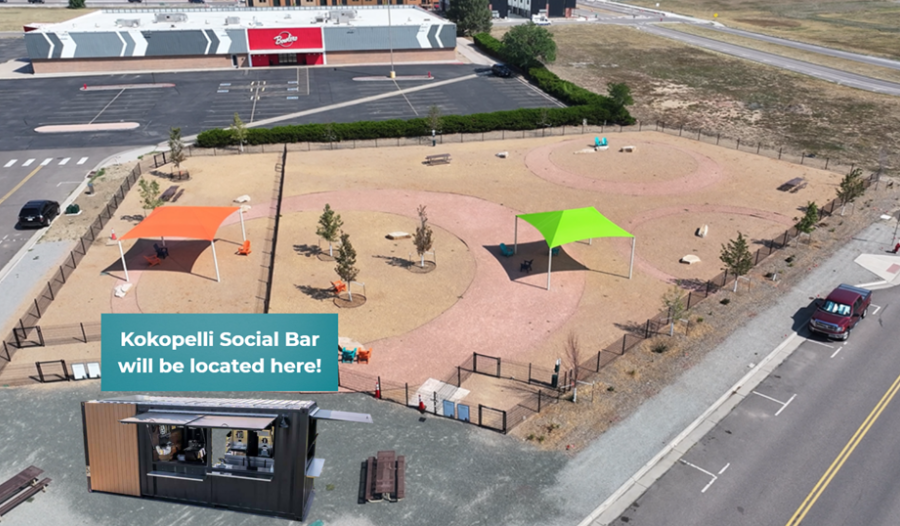Report: 2,000-foot setback rule could be disastrous for Denver’s real estate market
It would take downtown Denver’s office market seven years to recover from the impact of the potential vacancies caused by the Colorado Oil & Gas Conservation Commission’s new setback rules, according to a new report.
The report was conducted by the Cushman & Wakefield real estate firm.
“The oil and gas industry is a vital component to Colorado’s overall economy and the downtown Denver commercial real estate market,” the report said. “(This) would strongly hinder the robust growth witnessed in downtown Denver’s Central Business District.”
COGCC approved an increased setback for drilling and fracking operations on Sept. 28. The new rule requires 2,000 feet between a platform and occupied buildings, including homes and schools, instead of the current 500 feet.
The approval came after weeks of testimony from environmental groups, industry representatives and local governments.
“The proposed rulemaking, coupled with the crippling impacts of COVID-19, could cause downtown Denver’s overall office vacancy to surpass 20% for the first time since the early-2000s,” the report said.
Of the Central Business District’s available sublease space, 33% is used by the oil and gas industry, according to the report.
The report estimated that the 2,000-foot setback would cause a 50-60% reduction in workforce for extraction and production companies and the oil and gas service industry.
This reduction would more than double the sublease inventory from 2 million to 4.2 million square feet of space, the report said.
The new setback rules could also reduce oil and gas jobs, which account for nearly 7% of downtown Denver’s total employment. The report said this would likely cause corporations to reconsider their presence in Colorado.
A final vote on the setbacks is expected by Nov. 1 as part of the COGCC’s work to implement Senate Bill 19-181.
Exemptions to the 2,000-foot setback rule are available when approved by the commission and when the following conditions are met:
- The well location is already within an approved comprehensive drilling plan.
- Specific equipment, including wells, tanks, separation equipment or compressors, are located more than 2,000 feet from buildings.
- The commission finds that companies have taken substantially equivalent protections for public health and safety.
- A property owner or tenants sign a waiver agreeing to have wells drilled closer than 2,000 feet.
SB181 rewrote Colorado’s position on the oil and gas industry, changing COGCC’s mission from advocating for oil and gas development to regulating oil and gas in to protect public health, safety, welfare, wildlife and the environment.
The new rules are set to take effect Jan. 1, 2021.
















